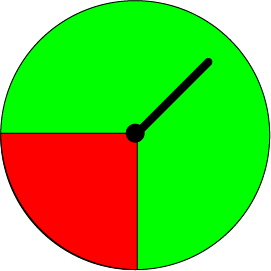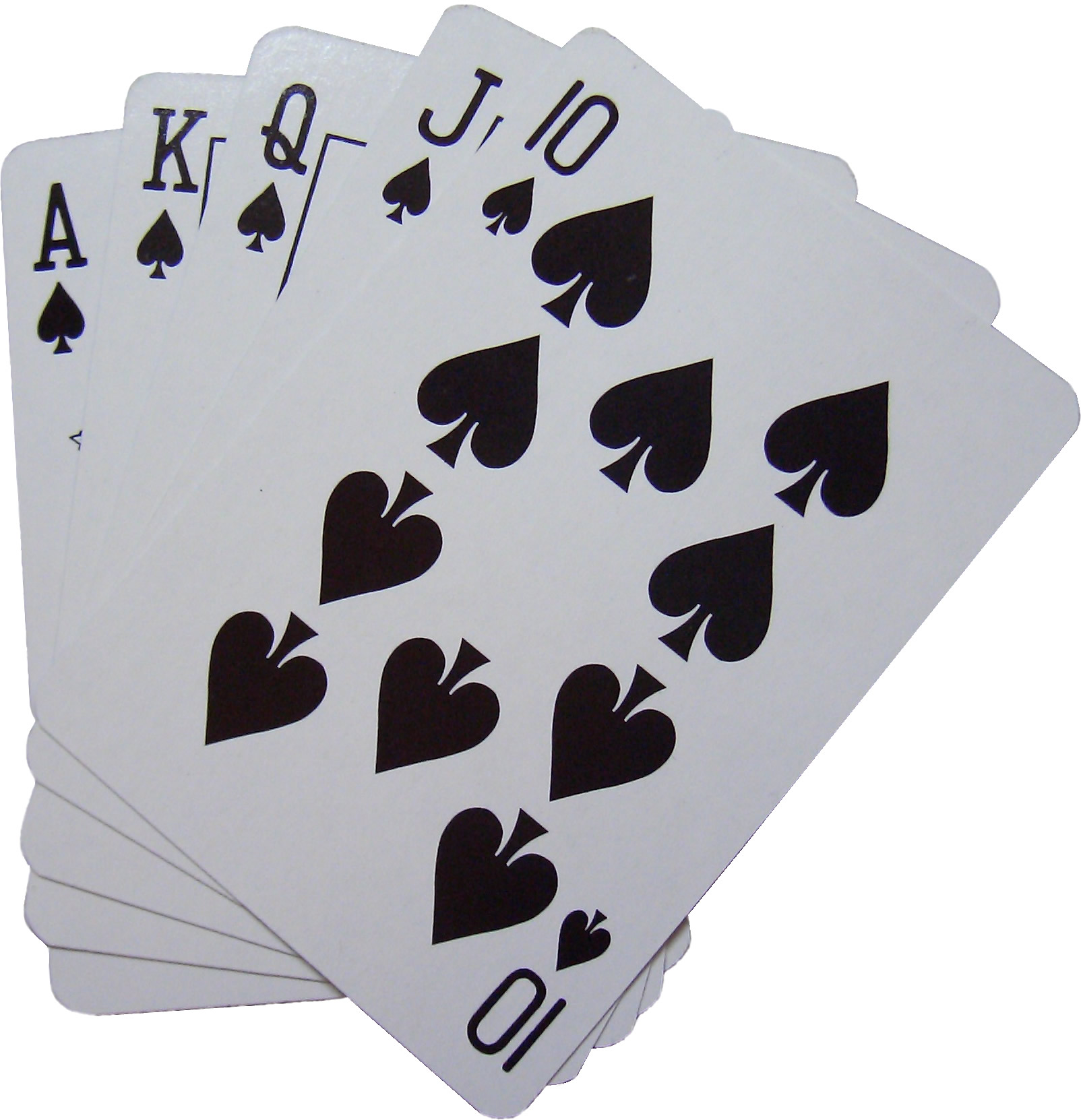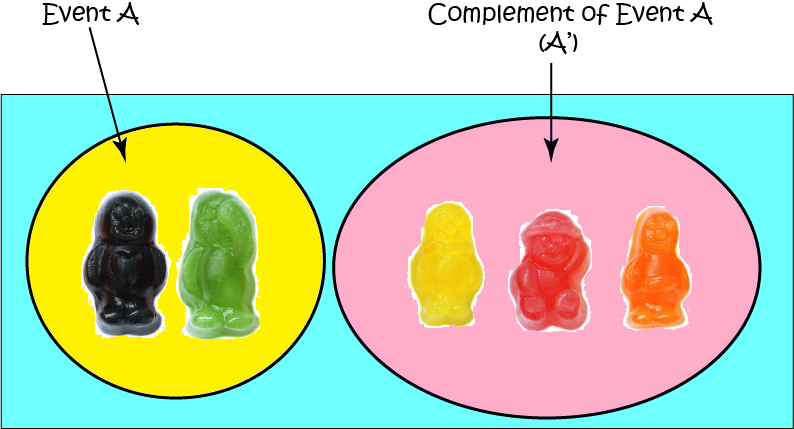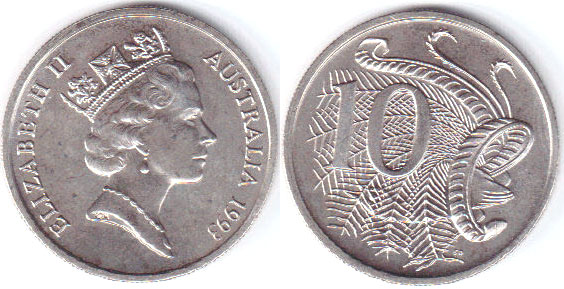Probability
Chapters
Probability: Complement
Probability: Complement
The complement of an event is a list of all the ways that event doesn't happen. So, it's the list of all outcomes
of an experiment that do not form part of that event. Let's look at some examples.
Examples

If the event is \(\{\text{Green}\}\), the complement is \(\{\text{Red}\}\).

If the event is roll an even number \(\{2,4,6\}\), the complement is rolling an odd number \(\{1,3,5\}\).

If the event is drawing a \(\{\text{Spade}\}\) from a standard deck of \(52\) playing cards, the complement is drawing one of \(\{\text{Heart, Diamond, Club}\}\).
If you take an event and its complement together, you get all of the possible outcomes for an experiment.
Probability
The probability that an event (E) occurs is given by the formula:
Example
What is the probability of rolling an even number on a 6-sided die?
Number of Ways the Event Can Happen: You can roll 2, 4 or 6, so there are 3 ways this can happen.
Total Number of Outcomes: You could roll 1, 2, 3, 4, 5 or 6, so there are 6 possible outcomes.
\(\text{Probability} = \dfrac{3}{6} = \dfrac{1}{2}\).
We use \(E'\) or \(E^c\) to denote the complement of the event \(E\) (or \(A'\) to denote the complement of event \(A\)). We always, always have:
Example

Sam's dad loves black and green jelly babies. Event \(A\) is going to denote randomly drawing a black or green jelly baby from a bag of jelly babies with equal numbers of the five different colours: green, orange, black, red and yellow. So \(A = \{\text{black}, \text{green}\}\) and \(A' = \{\text{orange}, \text{red}, \text{yellow}\}\).
The number of ways Event \(A\) can occur is \(2\), and there are a total of \(5\) possible outcomes. So, the probability of event \(A\) is:
The number of ways the complement of Event \(A\) can occur is \(3\). As the total number of outcomes is \(5\), the probability of event \(A'\) is:
Let's just check:
What is the Complement Good For?
Sometimes, it is just easier to work out the probability of the complement of an event and subtract it from \(1\).
Example

If you toss a coin three times, what is the probability of getting at least one head?
Solution:
There are quite a few ways that this event \(E\) can occur: \(\{HHH,HHT,HTH,THH, \dots, TTH\}\), but only one way \(\{TTT\}\) that its complement can occur. Thus, it's easier to work out the probability of the complement occurring and subtract it from one. There are a total of \(8\) possible outcomes. So, the probability of the complement is
Description
In this mini series, you will learn a bit more on the topic of probability, we will cover topics such as
- Ratios
- Fair dice
- Conditional probability
- Mutually exclusive events
and more
Audience
Year 10 or higher students
Learning Objectives
Explore more on the topic of probability
Author: Subject Coach
Added on: 28th Sep 2018
You must be logged in as Student to ask a Question.
None just yet!